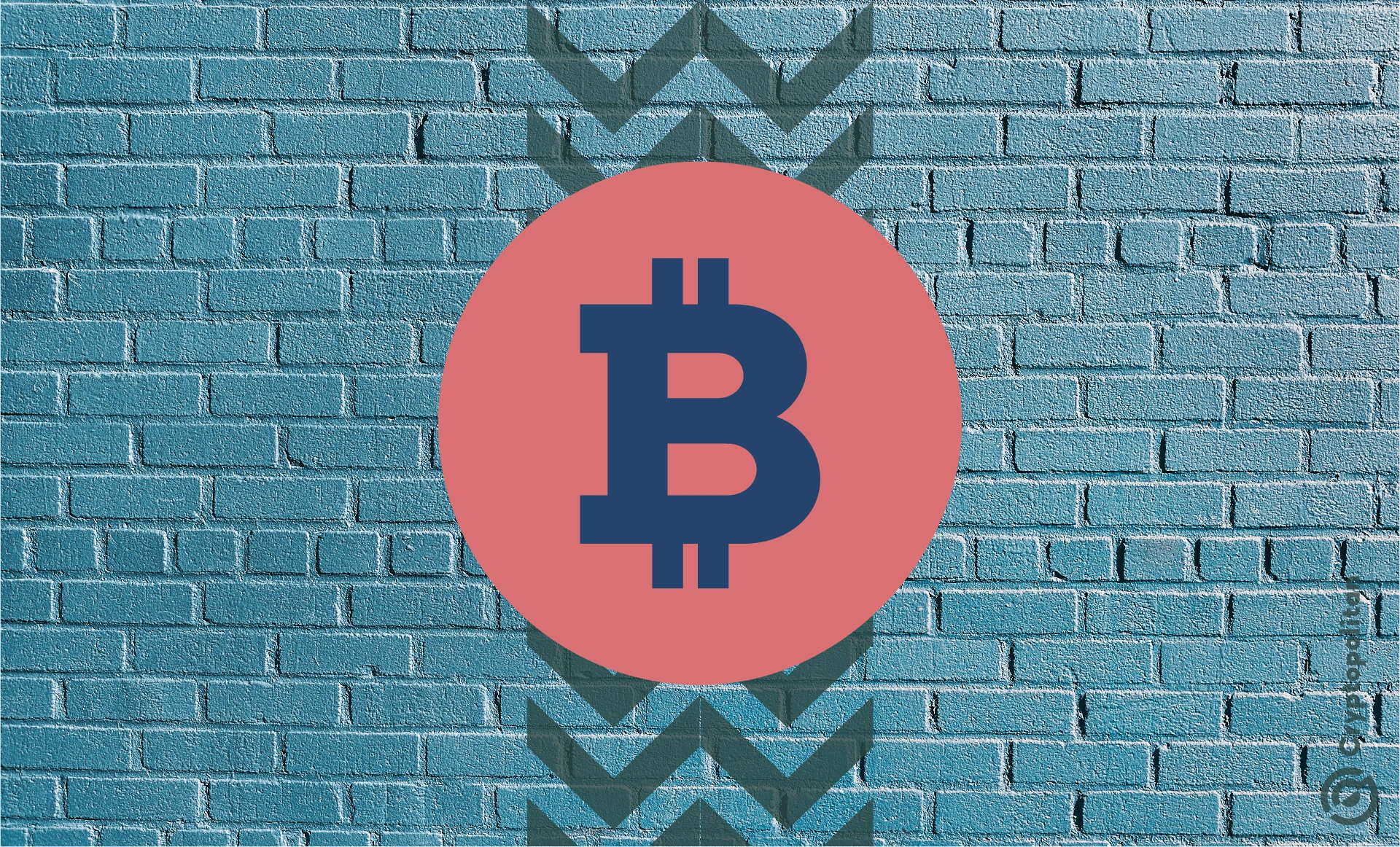Bitcoin (BTC) fell out of favor as a payment tool on BitRefill
Release: 2024/08/28 18:09 Reading: 796

Bitcoin Transition and Rise of Stablecoins in Cryptocurrency Payments
Bitcoin (BTC) is experiencing a shift in its role within the fintech landscape, transitioning from electronic cash to a store of value. This is evidenced by the declining usage of BTC on BitRefill, a platform for cryptocurrency-based payments.
High transaction fees, unpredictable confirmation times, and non-intuitive units have prompted users to embrace alternative assets, particularly stablecoins. This trend has affected both on-chain BTC payments and those via the Lightning Network in the past year.
Meanwhile, BitRefill has observed a growing interest in the Ethereum (ETH) ecosystem, where stablecoins like USDC are gaining popularity.
Removal of Zero-Confirmation Payments
One significant factor contributing to BTC's diminishing payment role is the removal of zero-confirmation transactions. Previously, BTC payments on BitRefill were processed instantly. However, with the implementation of block confirmation, transactions now take up to 10 minutes to complete.
USDC Dominates BitRefill Payments
An analysis of BitRefill payments reveals a dominance of stablecoins from the Ethereum network and Layer 2 solutions like Polygon. Legacy assets such as Litecoin (LTC), Dogecoin (DOGE), and Dash (DASH) still hold some market share, primarily for smaller payments, but their usage is declining.
USDC stands out as the preferred stablecoin on BitRefill, with an average payment value of $312, significantly higher than BTC's $147 average.
BitPay Users Favor Stablecoins
BitPay, another major cryptocurrency payment service, also reports a shift towards stablecoins. USDC has become the third most widely used asset on the platform, behind only BTC and ETH.
Despite the preference for BTC and ETH in voting, LTC remains the most popular choice for payments on BitPay, with the highest transaction count.
Concerns Over Stablecoin Money Laundering
The increased use of stablecoins has raised concerns about their potential for money laundering. The arrest of Telegram founder Pavel Durov highlighted the risks associated with these assets, as they facilitate transactions that may evade sanctions.
Data shows that large USDT transactions on TRON, in particular, may be a potential avenue for illicit activity. This has prompted further scrutiny of TRON-based stablecoins, which account for a significant portion of the overall USDT supply.
Conclusion
The cryptocurrency payment landscape is evolving rapidly, with Bitcoin losing its dominance to stablecoins. High transaction fees, confirmation delays, and volatility have made these assets less viable for daily payments. As a result, payment services like BitRefill and BitPay are adapting to this trend, offering a wider range of stablecoin options to meet the needs of their users. However, concerns over money laundering remain, highlighting the need for continued regulation and oversight in this emerging market.
Recent news
More>- Homosexual Pepe Solana Memecoin to Rally 18,000% Before Exchange Listing, While SHIB, BONK and DOGE Crash 01-01
- BTFD Presale Captivates Investors in the Best New Meme Coin Presales for Significant Returns as PEPE and SPX6900 Dominate the Scene Fuel the... 01-01
- Homosexual Pepe (HOMOPEPE) Solana Memecoin to Rally 18,000% Before Exchange Listing, While SHIB, BONK and DOGE Crash 01-01
- The Metrics Pointing to Massive Potential for WIF, JASMY, and PEPE in 2025 01-01
- BTFD Coin’s Presale is Unmissable Amid Pepe and Moo Deng’s Crypto Hype: Best Meme Coin Presales to Join This Week 01-01
- Homosexual Pepe (HOMOPEPE) Solana Memecoin to Rally 18,000% Ahead of Exchange Listing, While SHIB, BONK and DOGE Crash 01-01
- Crypto Gems for the Next Quarter: Top 5 Tokens to Watch 01-01
- Why $PEPE Jumped 20% Today And Which Coin Could Be Next 01-01
- Best New Meme Coins to Join for Short Term: BTFD Raises $4.7M in Presale as BONK Boasts Low-Cost Transactions and PEPE Enjoys Steady Followi... 01-01
Selected Topics
More>>-

- pepecoin Price Analysis
- This topic provides articles related to PepeCoin price, covering key PepeCoin insights and analysis
-

- pepe:meme star
- This topic provides articles related to the most promising meme, PEPECOIN, a project with the potential to become a mainstream digital currency. It has the advantages of decentralization, reliability, ease of use, fast speed, low cost and scalability, and is expected to be more widely used in the future
-

- pepecoin price prediction
- We’ve gathered facts about pepecoin’s success story and provided a pepecoin price prediction
Selected Articles
More>>- 1 Avalanche and Aptos rival raises over $600k in 2 weeks
- 2 Crypto Prices Today: Market Continues Rally With BTC, Pepe Coin, SEI Rising
- 3 Major Analyst Crypto Tony Bullish on These Meme Coins, But One Stands Out
- 4 MTAUR Ready to Crush DOGE and PEPE: 100x Price Growth Incoming?
- 5 Memecoins Surge in 2024, Popcat Leads with 7,621% YTD Gain, Outshining Top Crypto Tokens
- 6 PEPE Meme Coin Smashes ATH – See How Much an $83 Investment in Pepe Coin Last Year is Worth Now
- 7 Missed Pepe Unchained? Don’t Worry, This New Pepe-Themed Meme Coin Will Produce Bigger Gains in 2025
- 8 Top 4 Altcoins At 70% Discounts – Last Chance!
- 9 Smart $Pepe trader makes $11.7M profit during Market Drop
- 10 Dogecoin Creator Proposes DOGE to NBA Legend Scottie Pippen
ABOUT US
We are building the most influential,trusted information platform for aglobal community engaged in thd transformation of the financial system andthe emerging crypto economy.PEPE is an integrated platform for media,events,data & indices for the next generation fo investing and the future of money.
Get in touch with the PEPE team at admin@pepecoinbuy.com
